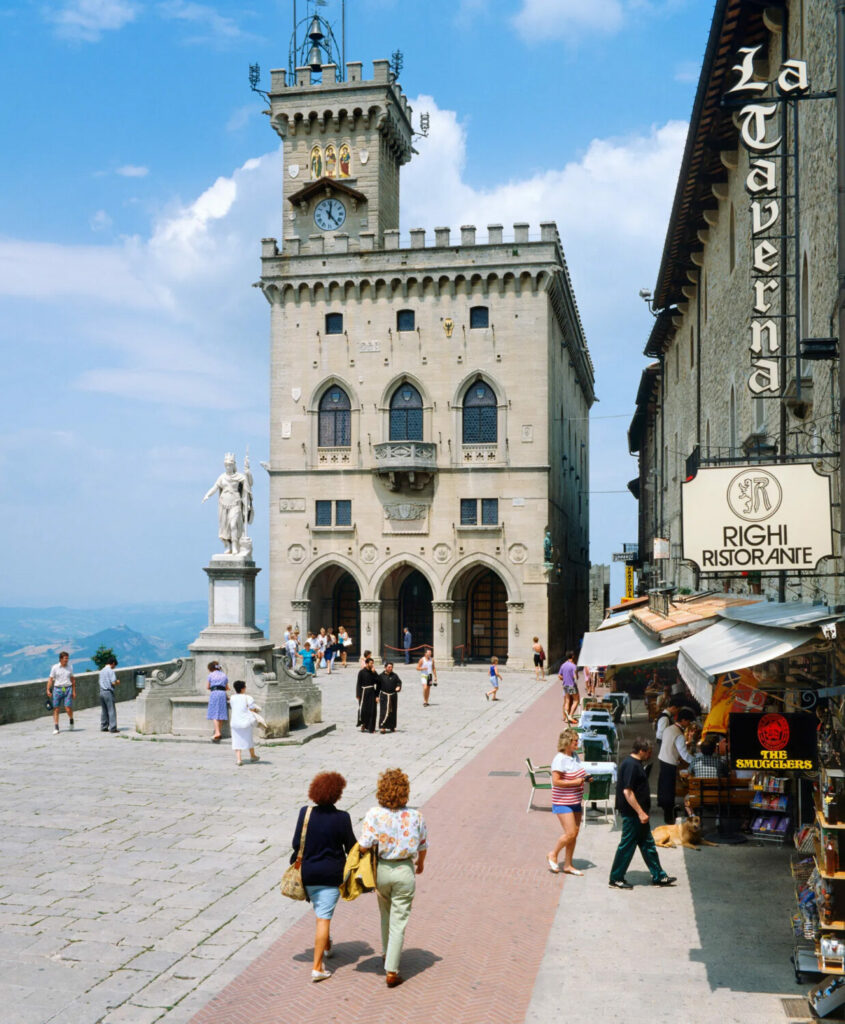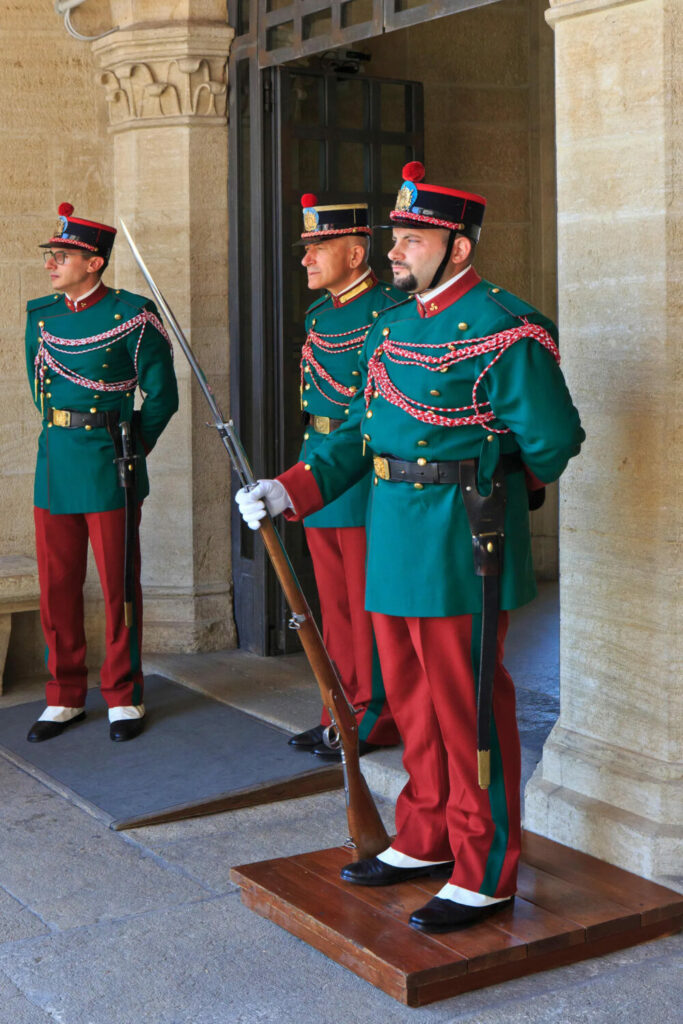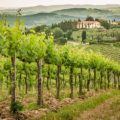Italy has only been a republic for three quarters of a century and although its capital celebrated its 2,775 birthday earlier this year, Italy is by no means the oldest country in the world. However, within its borders lies San Marino, the country that holds that distinction.
San Marino has withstood the test of time since 301 AD, thanks to its diminutive size and political savvy. Located in central Italy, San Marino is sandwiched between the regions of Emilia-Romagna and Le Marche. It has a land area of roughly 24 square miles, making it bigger than the Vatican or Monaco, the two smallest countries in the world. The Adriatic coastal city of Rimini is just a 20-minute drive away and it is about a two-hour drive from Bologna.

The country was named after Saint Marinus. Originally a stonemason from the island of Rab, now found in modern Croatia, he and fellow Christians sought to escape religious persecution at the hands of Emperor Diocletian. They settled on Monte Titano, where the saint built a church, out of which grew the community that would become San Marino. The nation’s official founding date is September 3, 301.
Over the years, San Marino held onto its sovereignty due to its isolation and well-fortressed mountainous landscape, as well as political maneuvering. In the Middle Ages, when the powerful Malatesta family, rulers of Rimini, encroached on the territory of San Marino, it was protected by the rival Montefeltro family from Urbino, situated 25 miles to the south. In the 18th century, Napoleon acknowledged San Marino’s independence during his campaign into the Italian peninsula and offered to expand its territory. In the 19th century, San Marino offered asylum to revolutionaries who were part of the Italian unification movement, including Giuseppe Garibaldi. Soon after, the new nation of Italy confirmed San Marino’s independence through a friendship treaty signed in 1862. Always maintaining political neutrality, hundreds of years of relative stability has led the country to also be known as the “Most Serene Republic of San Marino.”
Wine and Dine With Marion – Frascati
At first glance, San Marino might resemble other medieval towns. Its main agricultural products are wine and cheese and its national language is Italian. Visitors can freely cross the Italian-Sammarinese borders without paperwork, but its unique history and culture can still be found when you look more closely. While San Marino is not part of the European Union, it uses the euro as its currency, but coins with San Marino’s designs on the national side are highly sought after by collectors. You can find them exchanged locally, especially at souvenir shops. Another thing to collect when visiting the country are passport stamps. Landlocked, San Marino does not have an airport or a train station, so the only way in for most is by car or bus. Because it has open borders with Italy, Sammarinese passport stamps have no official use, but they are a novelty and available for purchase at local tourist offices.
Once you arrive in San Marino, sightseeing can be done in a day. Tourism revolves around the walled City of San Marino, a UNESCO World Heritage Site since 2008. There you will find most of the restaurants, cafés, hotels and shops. For an expansive view of the country and the Adriatic Sea, take the cable car that climbs Monte Titano and connects the Sammarinese commune of Borgo Maggiore to the city’s historical center. There, check out the Palazzo Pubblico in the Piazza della Liberta. The views from the piazza are truly awe-inspiring. You will want to stick around to see the ceremonial changing of the Guardie di Rocca, the “Guard of the Rocks,” who wear distinctive green and red uniforms as they patrol the nation’s borders. From the city center, you can easily visit the three San Marino medieval towers that crown its tallest peaks: Cesta, Montale and Guaita. Each is connected by a pedestrian path that provides panoramic views of the country. San Marino also has a number of museums which include the Galleria Nazionale San Marino, the Museum of Ancient Arms and the Stamp and Coin Museum, all of which befits the oldest country in the world.






